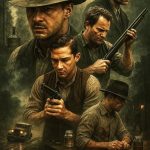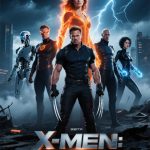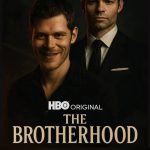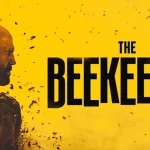Iron Man & Captain America: Heroes United (2014) – A Marvel Team-Up Triumph
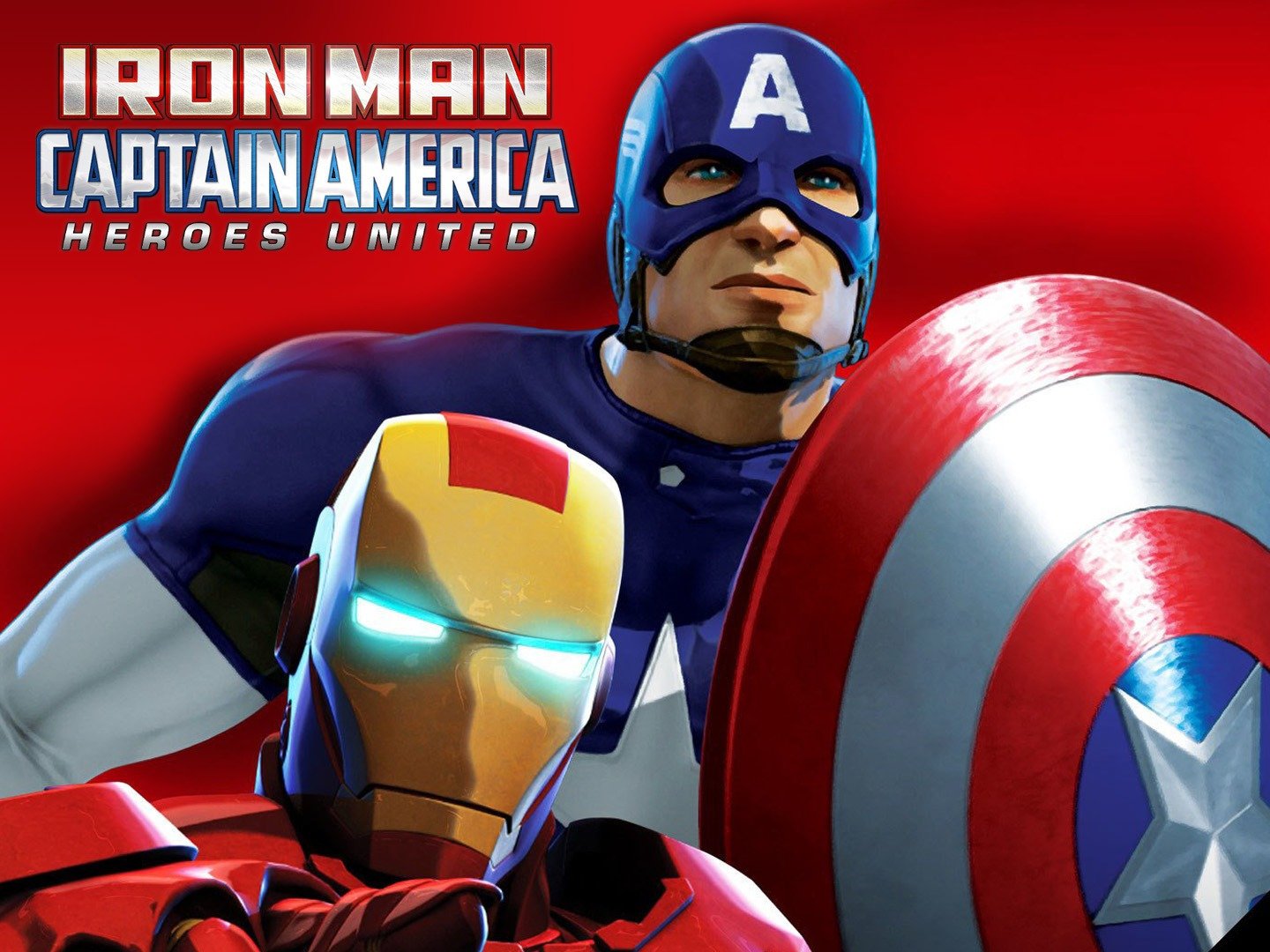
Iron Man & Captain America: Heroes United (2014) – A Marvel Team-Up Triumph
Iron Man & Captain America: Heroes United, released direct-to-video on July 29, 2014, unites two of Marvel’s most iconic titans—Tony Stark’s Iron Man (voiced by Adrian Pasdar) and Steve Rogers’ Captain America (voiced by Roger Craig Smith)—in a high-octane animated adventure that’s a love letter to superhero fans. Directed by Leo Riley and produced by Marvel Animation, this 71-minute feature pits the Armored Avenger and the Star-Spangled Soldier against a classic foe in a whirlwind of action, humor, and heart. While it lacks the blockbuster sheen of the Marvel Cinematic Universe (MCU) live-action films, Heroes United delivers a punchy, character-driven romp that celebrates the essence of these legends—technology meets valor, wit meets grit—in a way that’s pure Marvel magic.
Plot and Setting: A Classic Clash with a Modern Twist
The film kicks off with a bang, plunging viewers into a world where HYDRA’s sinister machinations threaten global chaos. Iron Man and Captain America, already established as Avengers in this animated continuity, are training together when they stumble into a nefarious plot orchestrated by the Red Skull (voiced with icy menace by Clancy Brown). The Skull, Captain America’s eternal nemesis from World War II, has teamed up with Arnim Zola (Robin Atkin Downes), HYDRA’s resident mad scientist, to unleash a devastating new weapon: the HYDRA Super Soldier Serum. This concoction transforms HYDRA grunts into towering, Hulk-like monstrosities dubbed “Hydra Brutes,” capable of leveling cities. The Red Skull’s endgame? To mass-produce this army, crush Captain America, and remake the world in HYDRA’s fascist image.
The story unfolds across a series of kinetic set pieces—urban rooftops, HYDRA’s subterranean lairs, and a climactic showdown aboard a commandeered S.H.I.E.L.D. Helicarrier. Early on, the duo thwarts a HYDRA ambush, only to see the Red Skull escape with Zola and their serum prototype. When Taskmaster (also Downes), the mercenary with photographic reflexes, enters the fray—training the Hydra Brutes to mimic Cap’s shield throws and Tony’s repulsor blasts—the stakes skyrocket. Captured and separated, Iron Man and Captain America must break free, reunite, and storm HYDRA’s fortress to stop the Skull’s plan before it’s too late. It’s a lean, no-frills narrative—more Saturday morning cartoon than sprawling epic—but it’s packed with enough twists and heroics to keep fans grinning.
Characters: Tech vs. Tenacity
At the film’s core is the dynamic between Tony Stark and Steve Rogers, a clash of eras and ethos that’s been Marvel gold since The Avengers #1 (1963). Adrian Pasdar, reprising his role from the Iron Man: Animated Series (2010–2012), nails Tony’s sardonic swagger—his Iron Man is a fast-talking genius, zipping through battles in a Mark VII-esque suit loaded with gadgets (repulsors, lasers, mini-missiles). Roger Craig Smith, a veteran voice actor from Avengers Assemble (2013–2019), brings a stoic warmth to Cap—his shield-slinging, fist-pounding style a testament to old-school grit. Their banter crackles: Tony ribs Steve’s “Boy Scout” earnestness (“You ever try upgrading that shield to, say, the 21st century?”), while Steve counters Tony’s arrogance with dry resolve (“Some things don’t need fixing, Stark”). It’s a buddy-cop vibe—tech bro meets war vet—that fuels both laughs and growth.
The villains are a deliciously evil duo. Clancy Brown’s Red Skull is a guttural force, his German accent dripping with contempt as he taunts Cap with their shared history (“You cannot stop ze inevitable, Captain!”). Downes’ Arnim Zola, though not yet in his comic-book robot body, is a sneering brainiac, his serum a twisted mirror to Cap’s own origin. Taskmaster adds a wildcard edge—his mimicry turns the heroes’ strengths against them, forcing Tony and Steve to innovate mid-fight. Supporting players like S.H.I.E.L.D. agents (including a cameo by Fred Tatasciore’s Hulk) and HYDRA goons flesh out the chaos, though the focus stays tight on the titular duo.
Action and Animation: A Visual Blast
The action in Heroes United is a standout, blending Iron Man’s high-tech flair with Captain America’s ground-and-pound precision. Picture Tony soaring through a hail of gunfire, repulsors blazing, while Steve ricochets his shield off Hydra Brutes like a pinball wizard—each sequence a showcase of their contrasting styles. A highlight comes when Taskmaster mirrors their moves, forcing a mid-air Tony-Cap combo: Steve hurls his shield to deflect a missile, and Tony blasts it back at the enemy. The Helicarrier finale ups the ante—explosions rock the deck, Brutes smash through walls, and the Red Skull gloats from a control tower as our heroes storm in, battered but unbowed. It’s fast, fluid, and relentless—pure superhero spectacle.
Animation-wise, the film opts for a clean, CG style akin to Ultimate Spider-Man (2012–2017), a step up from 2D Saturday morning fare but not quite Pixar polish. Characters pop with vibrant colors—Tony’s red-and-gold suit gleams, Cap’s stars-and-stripes shine—while backgrounds (cityscapes, HYDRA bases) offer enough detail to immerse without overwhelming. Fight choreography, credited to supervisor Eric Radomski, keeps the pace brisk, with dynamic camera angles and minimal slowdown. The score by Matthew Harwood and Michael McCuistion leans on heroic brass for Cap and synth pulses for Tony, a fitting audio yin-yang that amps the tension.
Themes: Unity in Diversity
Beyond the punches and blasts, Heroes United digs into what makes Iron Man and Captain America tick—and click. Their differences—Tony’s futurism versus Steve’s tradition—spark friction but forge strength. Early on, Tony’s lone-wolf bravado clashes with Cap’s team-first ethos, leading to a botched mission that lands them in HYDRA’s clutches. Captivity forces introspection: Tony admits his tech can’t solve everything, while Steve sees value in Tony’s improvisation. Their escape—Cap busting through a wall, Tony hacking a lock—cements their trust, a lesson in collaboration that echoes the Avengers’ core. Against the Red Skull’s tyranny, they embody freedom’s duality: innovation and honor, united for the greater good.
The film also nods to sacrifice and legacy. Cap’s WWII roots tie him to the Skull’s past, a personal stakes booster, while Tony’s quips mask a growing sense of duty—foreshadowing his MCU arc. A quiet beat where Steve comforts a battered Tony (“We finish this together”) underscores their bond, proving heroism isn’t just power—it’s heart.
Production and Context: Marvel’s Animated Renaissance
Heroes United emerged during a boom in Marvel Animation’s direct-to-video slate, following Iron Man: Rise of Technovore (2013) and riding the MCU’s post-The Avengers (2012) wave. Produced as a companion to Avengers Assemble, it shares voice talent and a loose continuity—think a streamlined Earth-12041, free of live-action baggage. At $3–5 million (estimated), it’s a modest effort, aimed at fans craving more Tony-Steve team-ups between theatrical blockbusters. Writers Brandon Auman and Henry Gilroy keep it light, leaning on comic tropes (Red Skull’s world-domination fetish, Zola’s mad science) without reinventing the wheel. It’s comfort food for Marvelites—familiar, fun, and fleeting.
Released on DVD and digital platforms, Heroes United skipped theaters but found a home among collectors and streaming buffs. Critics were kind if lukewarm—IGN gave it a 7/10 for “solid action and banter,” while DVD Talk called it “a breezy superhero fix.” Fan reaction on X (circa 2014) was upbeat: “Cap and Tony bickering like an old married couple—love it!” Its 4K Blu-ray re-release in 2023, timed to the MCU’s 15th anniversary, boosted its profile, cementing its status as a nostalgic gem.
Legacy and Verdict
Iron Man & Captain America: Heroes United isn’t a game-changer like Captain America: Civil War (2016), where Tony and Steve’s rift shook the MCU. It’s simpler—two heroes, one villain, 71 minutes of punchy fun. Yet it captures what makes them timeless: Tony’s brainy bravado, Steve’s steadfast soul, and the alchemy when they unite. For kids, it’s a gateway to Marvel’s pantheon; for adults, a breezy callback to comics’ Silver Age team-ups. It’s not deep, but it’s delightful—a testament to how even in animation, these icons shine.
As of March 27, 2025, with the MCU sprawling across Phases Five and Six, Heroes United feels like a quaint relic—a pre-multiverse romp when stakes were simpler, and a shield plus a suit could save the day. For Marvel fans craving animated thrills, it’s a perfect pitstop—action-packed, character-rich, and brimming with the spirit of Earth’s Mightiest Heroes. Whether you’re a Stark stan or a Cap loyalist, this union delivers: fast, funny, and fiercely heroic.




